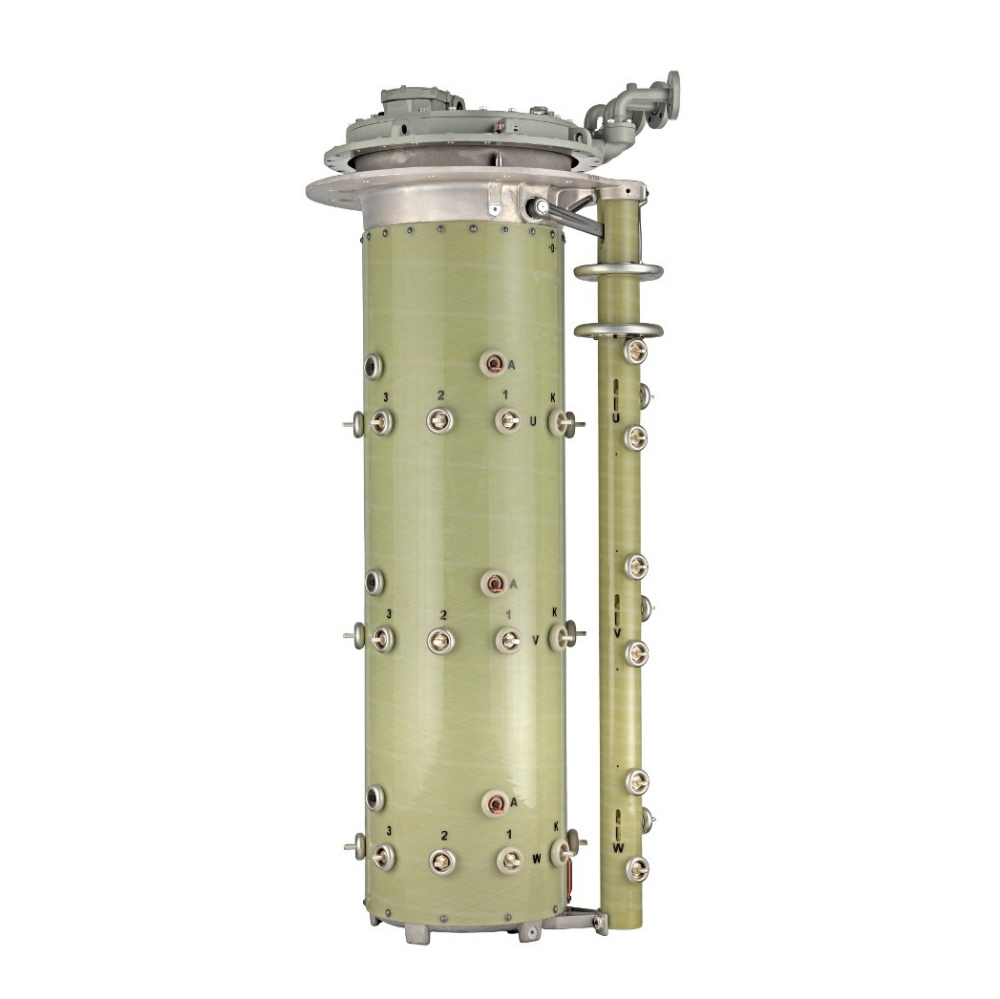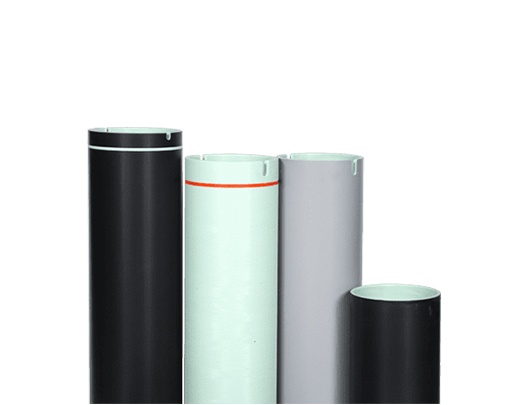Is FRP the same as fiberglass?
FRP and fiberglass are two different terms, but they refer to the same type of material. What are the differences between them and where are they used? In this article, we will explore these questions.
What is fiberglass?
Fiberglass is a composite material made up of glass fibers and resin. This material has many advantages and is similar to FRP in that it is lightweight, strong, and corrosion-resistant. Fiberglass is widely used in industries such as aerospace, automotive, and construction.
What are the disadvantages of fiberglass?
The main disadvantage of fiberglass is that it is relatively brittle and its manufacturing process requires a lot of energy and chemicals, which can have negative environmental impacts. However, the benefits of fiberglass far outweigh its disadvantages.
What is FRP?
FRP is also a composite material made up of fiber-reinforced plastic and resin, similar to fiberglass. It has the same advantages as fiberglass, including being lightweight, strong, corrosion-resistant, and heat-resistant. FRP can also be customized to meet specific requirements, making it more durable and wear-resistant than fiberglass.
The manufacturing process of FRP
FRP is a composite material made up of fiber-reinforced plastic and resin. The mixture is heated and compressed in a mold to create the desired shape. The manufacturing process of FRP is more environmentally friendly than that of fiberglass because it requires less energy and chemicals.

Applications of FRP
FRP is widely used in industries such as construction, aerospace, automotive, marine, and sports equipment. In the construction industry, FRP is used as wall panels, roofing, doors, and windows because of its waterproof, corrosion-resistant, and soundproof properties. In the aerospace, automotive, and marine industries, FRP is used for the shells and parts of airplanes, cars, and ships due to its lightweight, high strength, and corrosion resistance. In the sports equipment industry, FRP is used for the manufacture of golf clubs, tennis rackets, and other equipment.

In summary
FRP and fiberglass are two different terms but refer to the same type of material. They are both composite materials made up of fiber-reinforced plastic and resin, and have similar advantages of being lightweight, strong, and corrosion-resistant. With the continuous improvement of technology, FRP and fiberglass are expected to be used in more industries.

